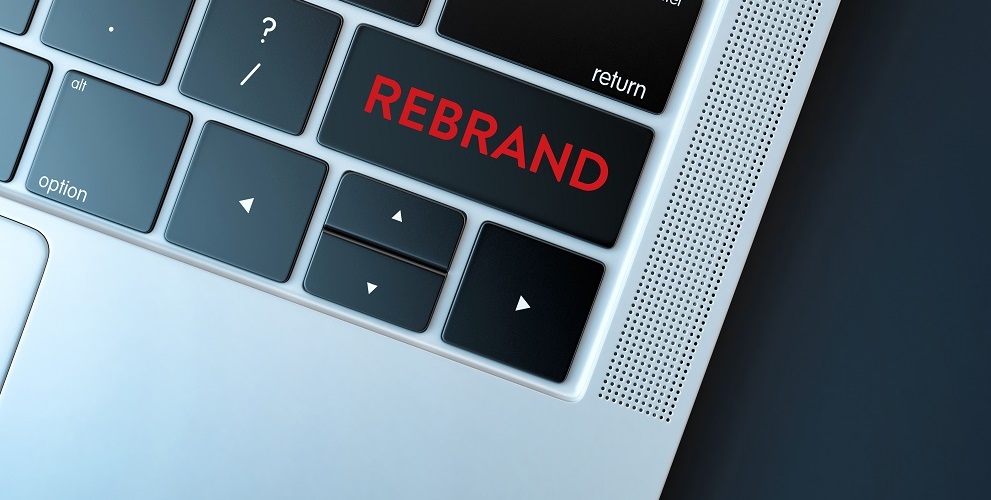Large corporations update their brands regularly. Some reasons for doing so are obvious, like modernizing the brand’s look and feel or regaining market share. Others, such as coming out of bankruptcy or trying to find a new market, are not always apparent.
Rebranding is a big decision, and it should always be done with thoughtful reasoning behind it. So don’t go changing your company’s name, logo or product just because you’re bored. Instead, consider why others have hit the refresh button, and see if similar reasoning can be applied to your brand. Here are a few examples:
- Recapturing brand equity
In 2007, Steve Jobs announced that “Apple Computer, Inc.” would rebrand to “Apple Inc.” This allowed them to position the brand as more than just computers, a strategy they had been pursuing since 2001 with the launch of the iPod and iTunes, and then later, the iPad and iPhone. - Reaching a new audience
Datsun/Nissan/Infiniti is a great example of rebranding to target a different kind of customer. From 1958 to 1981, Datsun’s claim to fame was inexpensive cars. They eventually decided to rebrand all exports with the Nissan badge. From there, they targeted premium vehicle segments in the United States, hence why Infiniti was born. - Shedding negative associations
Philip Morris, one of the largest producers of tobacco and cigarettes, opted for a name change in 2003. Shifting their name to “Altria,” the purpose was to insulate the larger corporation and its other operating companies from the political pressures on tobacco.
Let’s be honest: rebranding efforts don’t come without risks. As history shows us, sometimes they succeed, and sometimes they fail.
First, a reminder of a few rebranding failures:
• The 1985 “New Coke” fiasco (when the Coca-Cola Company announced it was changing its soft drink formula, and in turn, infuriated customers)
• The Gap’s logo change disaster (which was reversed in less than one week and followed by the CEO’s exit four months later)
• The British Post Office’s attempt to change its 350-year-old name to “Consignia” (which resulted in just over £1 million pounds being spent on changing the name back to “Royal Mail”)
And now, my favorite rebranding success story:
Old Spice originally launched in 1937 as “Early American Old Spice,” and women were the brand’s target audience. One year later, they launched a men’s version of the product with a nautical theme, which quickly grew in popularity with young men coming home after WWII. But by the time Procter & Gamble purchased Old Spice in 1990, it was an outdated scent that reminded you of what your grandfather used to smell like.
P&G’s research pointed to women making the buying decisions for their household, even in the “scent” market. On top of that, pre-teen and teenage boys were purchasing competitors’ products. P&G was losing shares to Unilever’s “Axe” and Gillette’s “Right Guard,” and they knew they had to do something to appeal to a new, younger demographic.
Old Spice rebranded in an effort to reach guys in their 20s and 30s. It was the same scent, but with a different name and tactics (transforming nerdy wimps into strong, manly studs). Their 2008 “Swagger” campaign surpassed its goal of doubling the sales, and instead, quadrupled them. In 2010, “The Man Your Man Could Smell Like” ad debuted, and it remains an ad that people still talk about to this day. Old Spice, with 80 years of brand heritage, was already synonymous with manliness. They just updated their message for new eyes and ears.
Success stories like this one show us how much time, energy and money a rebrand can require, but that when it’s necessary, it’s entirely worth it. So, how will you know when it’s time for you to rebrand? Ask yourself the following:
- Is the competition more successful at selling what you sell?
- Has there been a shift or change in the market?
- Does your audience perceive your brand as stale or outdated?
If you answered yes to one or more of the questions above, it’s probably time for a refresh. And we can help! Drop us a line at holler@bonfire5.com and we’ll get you looking and sounding good as new.


